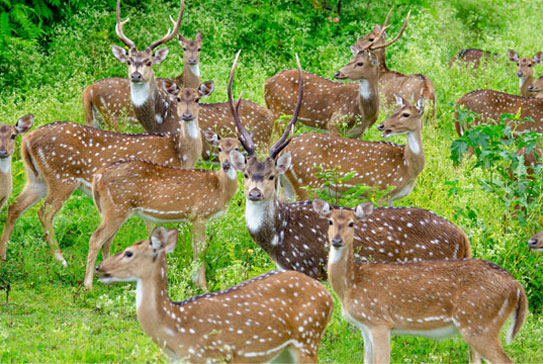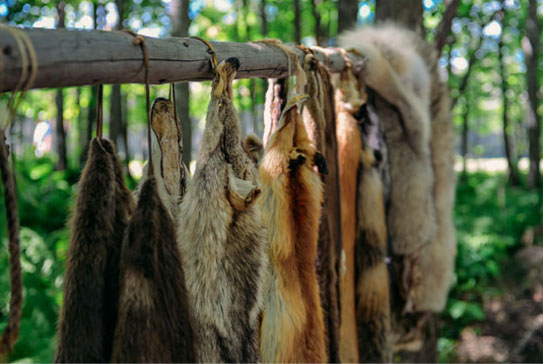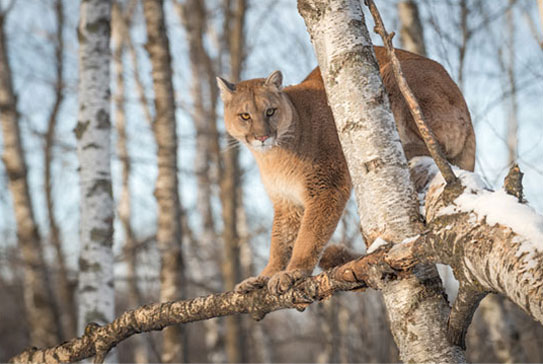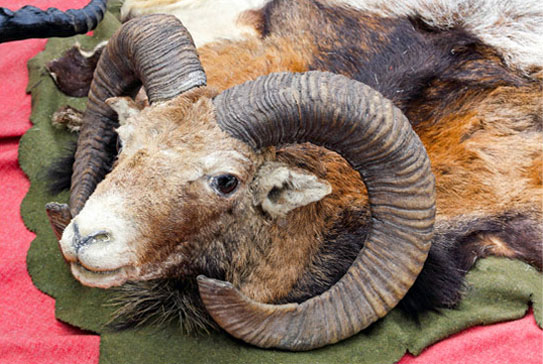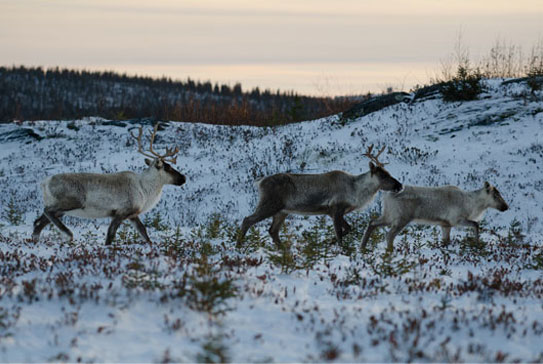In Canada, natives and certain groups have the right to hunt for eating purpose at all times. Those rights to hunt comes from past treaties agreed between different nations and the Canadian government and are recognized by the 1982 Canadian constitution.
Introduction
Hunting is the action of following a wild animal (also known as “game”) to capture or kill it for utilitarian purposes or for sport. Hunting was once a subsistence activity (for food and clothes, to stay warm – for example, with fat from marine mammals – or to fend off predators that were dangerous to man or livestock). With the emergence of large-scale farming and the modern market economy, hunting has become a mostly commercial or sporting activity.
Hunting is subject to a set of rules and regulations such as age limits for hunters, licence requirements, hunting zones and seasons, as well as bag limits, which are established by competent authorities. These rules are designed to protect animal populations and allow distributing catches among hunters. Rules are enforced by provincial game officers and federal agents, including the RCMP. Those who do not respect the rules may be charged with poaching.
Hunting and trapping are ancient practices. Remains of hunting tools have been found in Neanderthal archaeological sites. It is thought that certain prehistoric populations practiced specialized hunting, concentrating on a single species of animal, which may have lead to the extinction of several species.
Hunting methods have evolved over the centuries. Different human populations have used clubs, deadfalls, trenches, spears, harpoons, traps, nets, boomerangs, knives, blowpipes, bows, and firearms. Dogs, horses, or both were also used in the past, and continue to be used today to track game.
In North America, Inuit and some First Nations peoples used to track game along its migratory routes, which could explain their nomadic lifestyles. However, due to urban development and transportation infrastructures, this practice virtually no longer exists as most of the animals are now limited to specific geographic areas.




